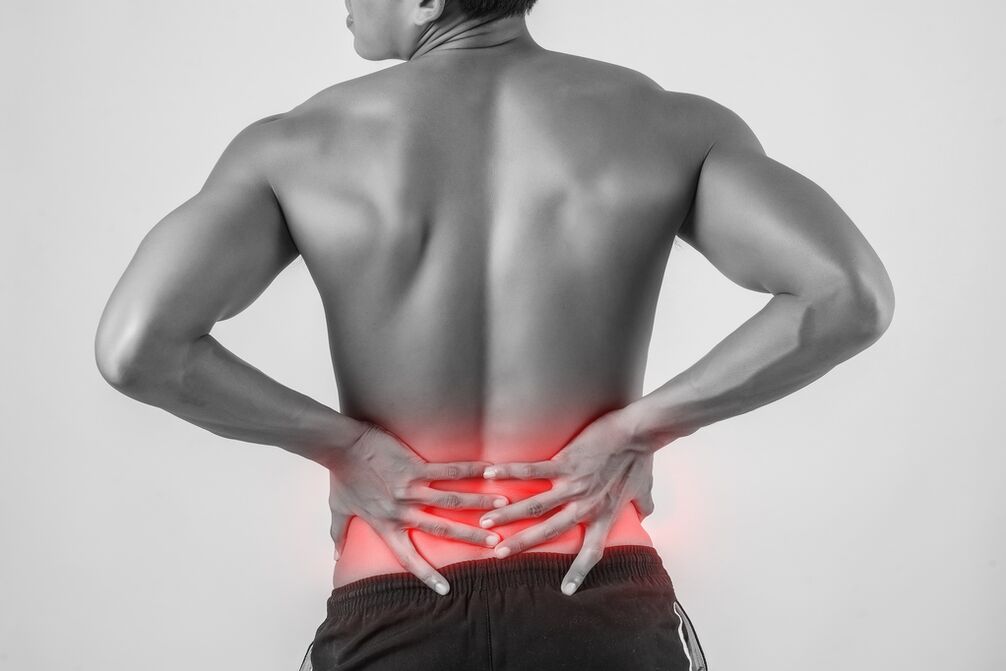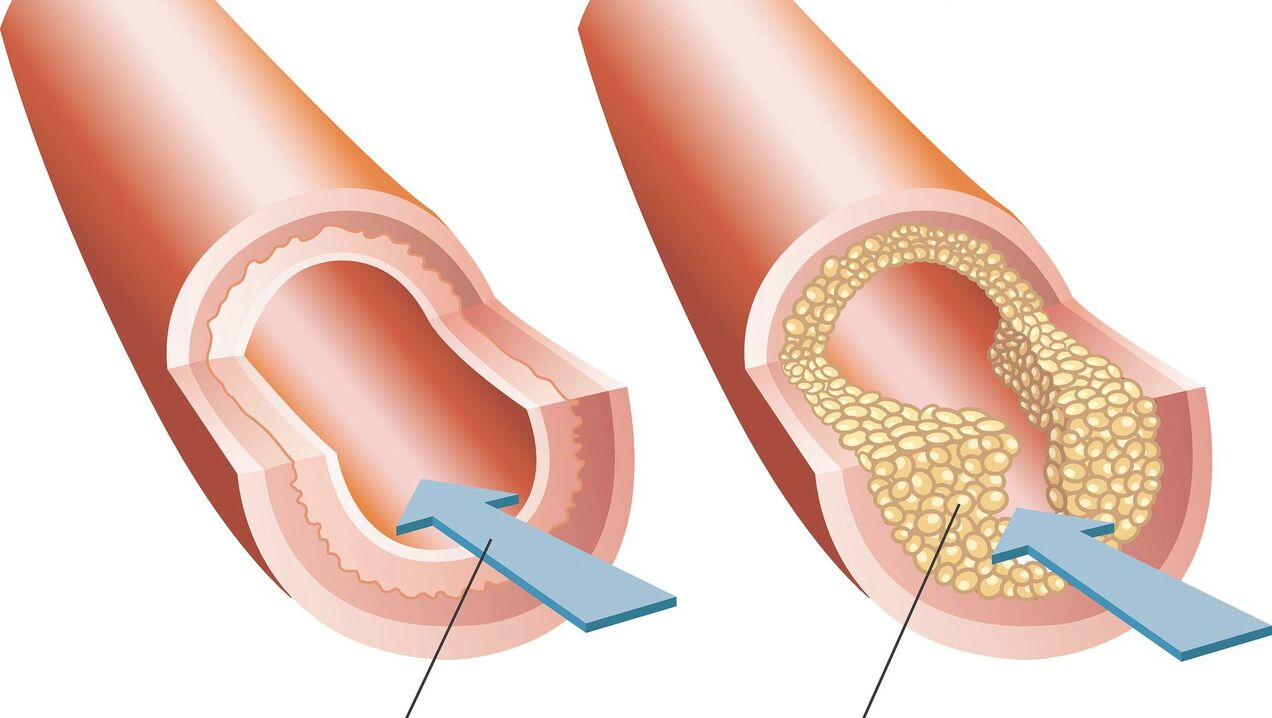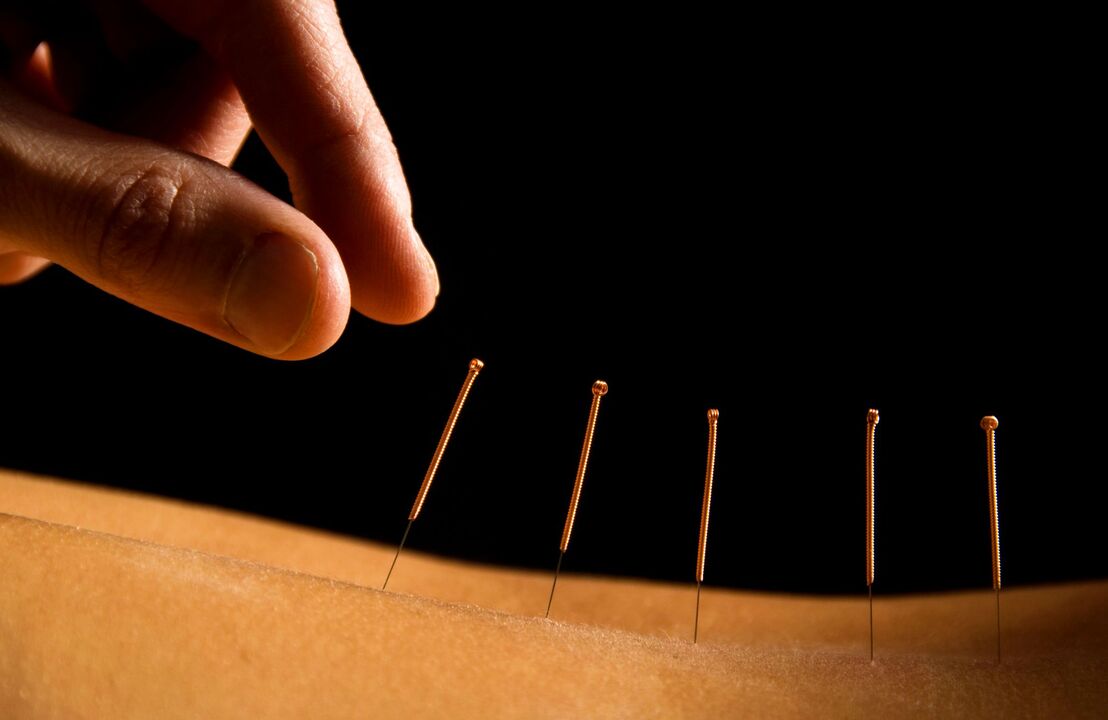Lower back pain is very common. From time to time it occurs in 90% of the population and it is not always possible to identify the true causes. More often, lumbar pain occurs after intense physical activity and can indicate back problems or diseases of the internal organs. The diagnosis determines which treatment will be carried out - conservative or surgical.

Causes and type of pain
Pain in the lower back can be acute and sudden, occur after physical exertion and lead to a forced posture of the body. The pain in the lower spine is constant, aching or pulling, accompanied by stiffness, numbness and tingling.
The intensity of the pain in the lumbar region also varies: from mild, which does not affect everyday life, to unbearable, which forces you to take painkillers and lie in bed. Sometimes the pain spreads beyond the back and affects the buttocks, thighs and even the legs.
The pain may go away on its own, but in the worst case scenario it may worsen, cause discomfort and lead to reduced mobility. In order not to live with pain, you need to find out the reason for the lower back pain. In most cases, a preliminary diagnosis can be made based on the type of pain.
Shingles
Such lower back pain is not limited to the lumbar spine. They spread over the entire back along the torso and can radiate to the lower abdomen, buttocks and legs.
The most common cause of lumbar pain in the lower back is osteochondrosis. This is a chronic disease of the spine that causes pinched nerve endings and pain. In addition to the symptoms, there are sensory disorders, numbness and disorders of the internal organs.
The source of belt pain may be above the lumbar spine and may not be related to spinal disorders. In this case, the patient only feels pain in the lower back, but the pain itself is localized in the chest area.
The cause of shingles pain in the lower back can be diseases of the internal organs, especially the heart, lungs and gastrointestinal tract. For example, pancreatitis, cholecystitis, stomach or duodenal ulcer, pleurisy, pneumonia, heart attack.
The pain occurs due to irritation of the nerve fibers of the organs.
Pain below the lumbar spine in the coccyx area is a sign of diseases of the kidneys and reproductive organs.
While walking
The lumbar spine is represented by 5 vertebrae, intervertebral discs and ligaments. Many nerve endings involved in walking diverge. With any lower back condition, nerves can become pinched during movement, resulting in lower back pain.
The intensity and type of pain depends on the extent of the lesion. If it hurts to move, this is a sign of osteochondrosis or a herniated disc. In the latter case, severe pain occurs in the lower back when walking. It eases a bit when sitting.
The cause of lower back pain when walking may be excessive physical activity the day before. It appears only at the moment of movement and disappears at rest, there are no accompanying manifestations.
Acute pain
Acute lower back pain is also known as lumbago or lumbago. It immobilizes you and forces you to assume a forced position. A bout of terrible lower back pain can last only a few minutes, sometimes even several days.
One of the most common causes of lumbar back pain is excessive physical activity that leads to sprains, strains, or muscle spasms. This can happen due to sudden movements, heavy lifting, poor body rotation, or awkward posture. Muscle inflammation is caused by hypothermia or drafts.
If you sprain or strain while moving, your lower back will hurt even more.
The cause of severe pain in the lower back can be lumbosacral radiculitis or a herniated disc. In this case, the lower back hurts even more when standing up, bending over or walking.
The cause of acute pain in the lumbar region can also be other diseases of the musculoskeletal system:
- osteochondrosis;
- Osteoarthritis of the facet joints;
- Rheumatoid arthritis;
- Osteoporosis;
- spondylosis;
- spondylolisthesis;
- vertebral acid injuries;
- Head Start;
- Infectious diseases of the spine (tuberculosis, epidural abscess, osteomyelitis);
- spinal canal stenosis;
- rachiocampsis;
- tumors;
- Ankylosing spondylitis.
The reason why the lower back and tailbone hurt may be diseases of the internal organs. Acute pain syndrome occurs with cholecystitis, pancreatitis, inflammatory diseases of the reproductive system, pyelonephritis, renal colic, and abdominal artery aneurysm.
Persistent pain
Constant pain in the lower back is often painful in nature. The intensity of pain can increase due to hypothermia, physical activity, injury or unsuccessful movements. A common accompanying symptom of regular lower back pain is stiffness in movement. It especially manifests itself after rest.
The cause of constant pain in the lumbar region is vascular diseases that lead to poor blood circulation. For example, vascular atherosclerosis, phlebothrombosis, thrombophlebitis.
The lower back can also hurt due to inflammatory and degenerative processes in the musculoskeletal system.

It's a dull pain
Aching pain in the lower back often indicates diseases of the internal organs. If your back hurts, it could be a symptom of the following conditions:
- pyelonephritis;
- kidney stone disease;
- endometriosis;
- Inflammation of the uterus or its appendages;
- Ectopic pregnancy.
The peculiarity of all these diseases is that lower back pain occurs against the background of a general deterioration in well-being.
If the spine hurts in the middle, this indicates pancreatitis or cholecystitis.
When you sit
If the lower back hurts when sitting, this indicates excessive physical activity or serious diseases of the spine. In this case, the pain in the lower back is stabbing or burning. Aching, dull pain, on the other hand, can be caused by a sedentary lifestyle.
The reason why the lower back hurts after sitting is pinched discs.
If the cause is radiculitis, hernia, tumor or bulge, the lower back hurts even more when standing up.
Pain may occur with diseases of the pelvic organs and kidneys.
When you stand
If your lower back hurts a lot when you stand, it could be radiculitis. To relieve pain, you should change your position. Due to an inguinal hernia, pain in the lumbar spine can occur in an upright position.
Which doctor treats back pain?
If your lower back hurts, you should contact the following specialists for treatment:
- orthopedist;
- Neurologist;
- Vertebrologist
An osteopath, reflexology therapist or chiropractor can take part in the therapy. Sometimes the help of a surgeon, gastroenterologist, gynecologist, urologist, nephrologist and oncologist is required.
Hospitalization should be mandatory in the following cases:
- pain due to an injury;
- Pain extends beyond the back and is accompanied by other symptoms (numbness, urinary or fecal incontinence);
- Lasts longer than 3 days or recurs after some time.
diagnosis
To understand why pain may occur in the lumbar region, the doctor conducts a visual examination and listens to the patient's complaints. Based on what he saw and heard, he creates a picture of the disease and can make a diagnosis or order additional examination.
During the investigation, it is important to establish the cause-and-effect relationship.
Diagnosis of pain in the lumbar region may include the following examination methods:
- blood and urine tests;
- X-ray of the spine;
- CT or MRI;
- ultrasound of the abdominal organs;
- chest x-ray;
- ECG;
- Fibrogastroduodenoscopy.
Treatment
When lower back pain occurs, treatment directly depends on the cause. Immediately after the onset of a painful attack, it is worth limiting physical activity for 2-3 days, but bed rest is also not recommended. It is better to sleep in the fetal position with a pillow between your knees. This relieves the strain on your back.
If the pain is severe, you can take a painkiller. If pain occurs as a result of an injury, you should treat the sore spot with cold.
In the case of spinal canal stenosis, an injection block with steroid drugs and analgesics is used.
Remember that long-term use of painkillers is not an option. Tablets only mask the problem and do not eliminate it.
Pain is most often treated with medications (NSAIDs, chondroprotectors, muscle relaxants, vitamin complexes), massage, manual therapy, exercise therapy (Bubnovsky complex), and physiotherapeutic procedures. Acupuncture is becoming increasingly popular for relieving muscle tension.
In most cases, pain can be relieved within 4-6 weeks.

If conservative therapy is ineffective (mainly in the case of an inguinal hernia), surgical intervention is performed. During the operation the hernia is removed. The patient immediately feels significant relief.
What can't you do?
You should not self-medicate or take painkillers or anti-inflammatory medications for a long period of time. If the pain does not subside within 3 days, you should see a doctor.
You cannot perform a number of exercises on your own. To prevent pain from worsening, the exercise program should be prescribed by a specialist. If spinal diseases worsen, massages and physical exercise are generally contraindicated until relief is achieved.
In the event of an injury, you will not be able to adjust the vertebrae yourself or warm up the affected area.
prevention
Precautions:
- Don't lift weights.
- Do not make sudden movements and avoid excessive physical exertion.
- sleeping on a hard mattress;
- observe a rest regime;
- lead an active lifestyle, walk at least 1 hour a day;
- Do this every 40-50 minutes if you are sedentary. warm-up break;
- Do exercises every day, hanging on the horizontal bar is useful;
- do not overcool;
- Healthy food;
- Take vitamin complexes containing calcium.
To prevent back pain, you should not overload your back. We must not forget that the functioning of internal organs depends on the health of the spine.
If your back hurts, you should not hesitate but consult a doctor. They determine the true cause and help avoid serious health problems.





















